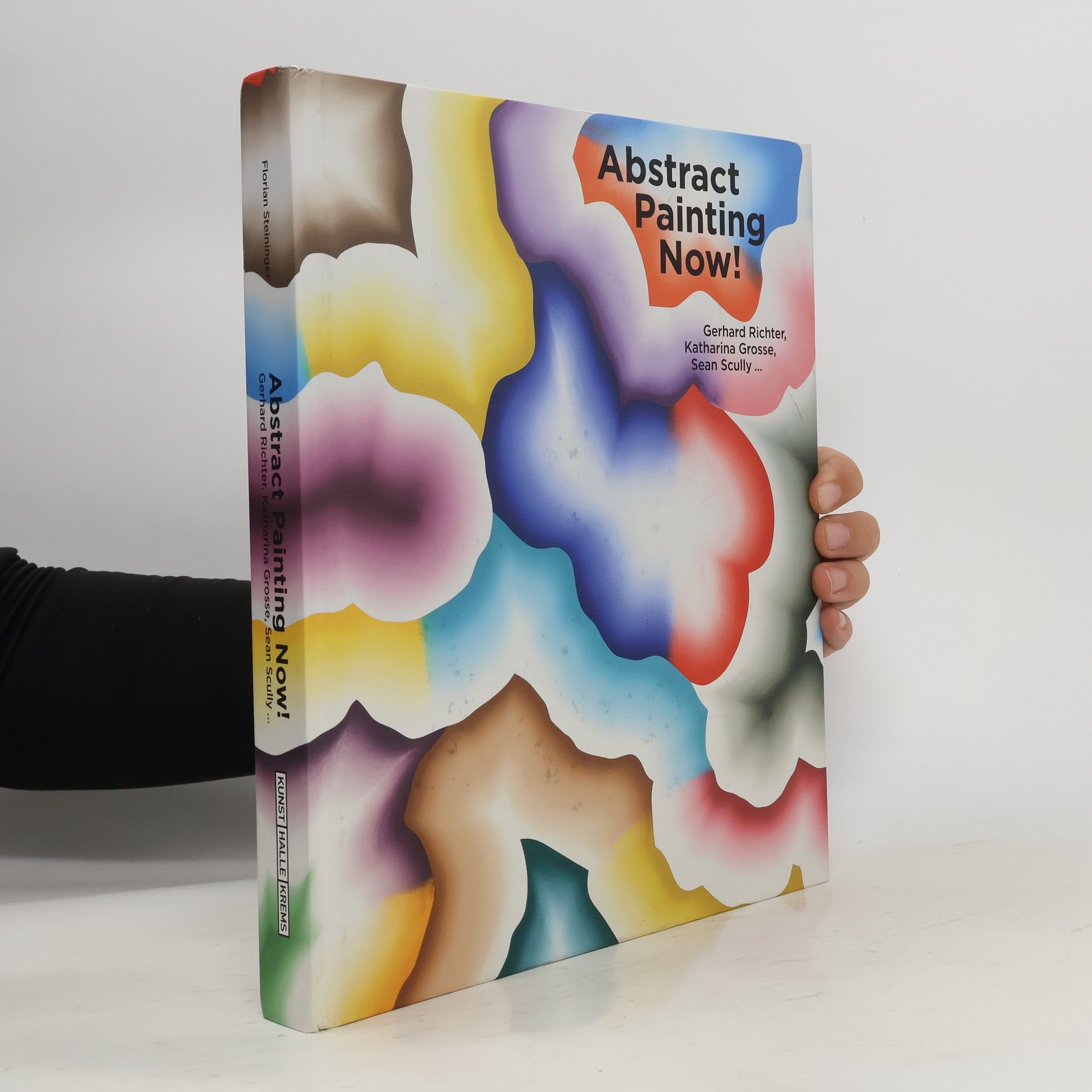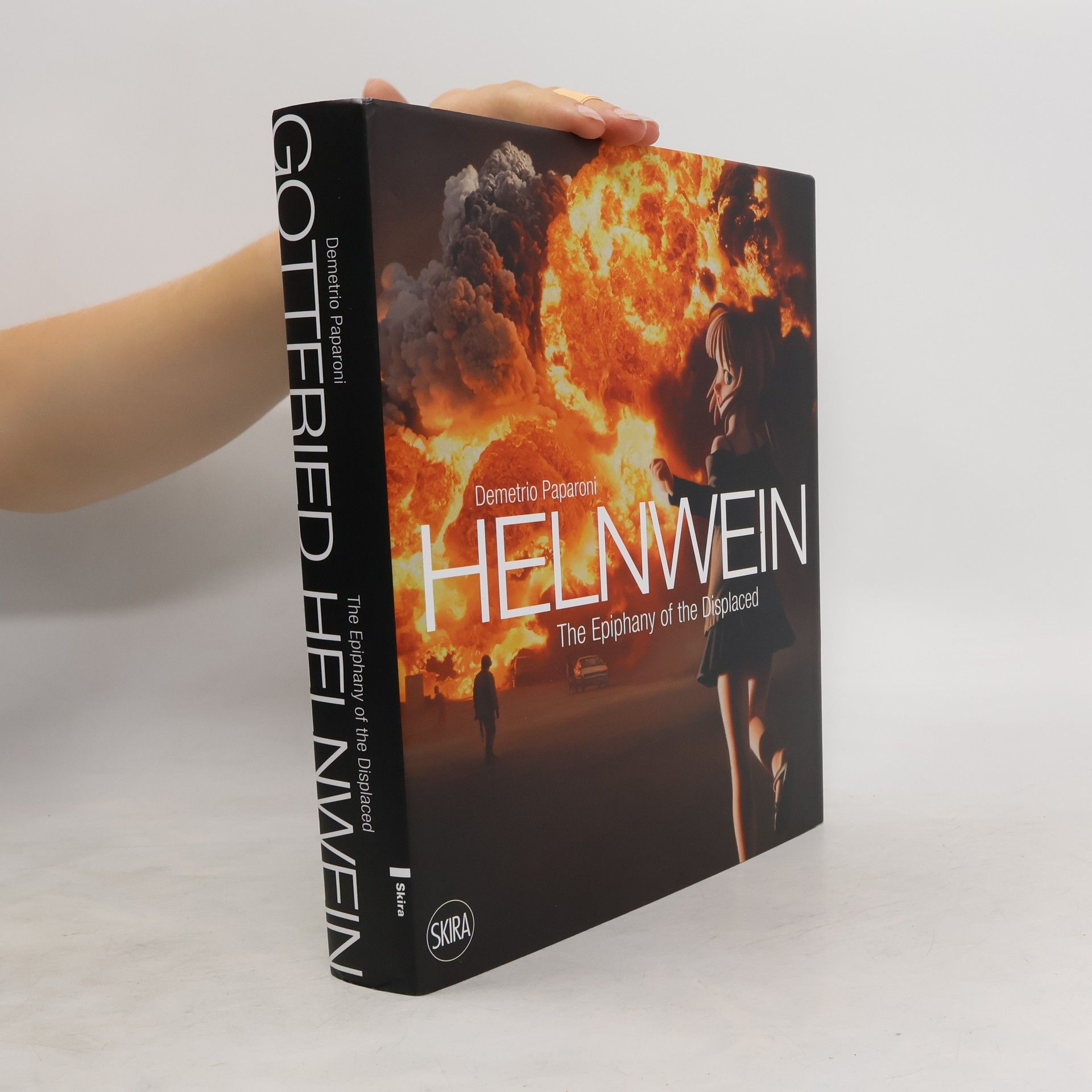The Art of the Devil: An Illustrated History
- 384pages
- 14 heures de lecture
The first complete illustrated book on the devil in art history.The Art of the Devil is a beautiful book showcasing the past and present portrayal of the Evil One in Western and Eastern art. This richly illustrated account looks at the history, symbols, and manifestations of the devil in the collective imagination.Here are artistic masterpieces, engravings, ancient documents, books, posters, postcards, tarots, album covers, comics, objects and plenty of oddities related to the world of demons, the occult, and evil. See the devil in works by Francisco Goya, Jackson Pollock, Giotto, Hokusai, Marc Chagall, Keith Haring, Albrecht Dürer, James Ensor, Pablo Picasso, Matthias Grünewald, Caravaggio, Gustave Doré, William Blake, Hieronymus Bosch, Paul Cézanne, Salvador Dalí, Max Ernst, Alexander McQueen, Pieter Paul Rubens, Niki de Saint Phalle, Cindy Sherman, Pierre et Gilles, Gary Baseman, and Matt Groening.


